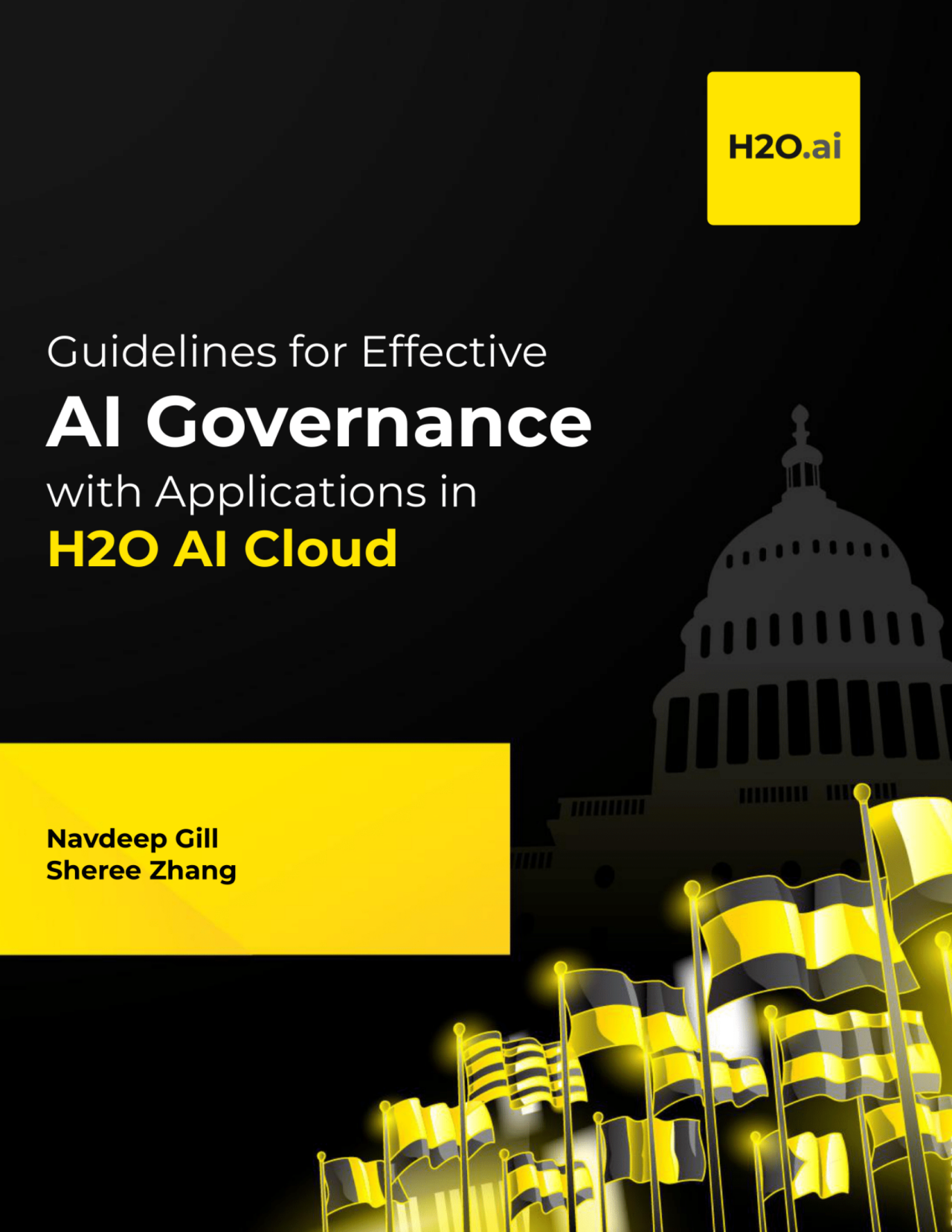AI governance
What is AI governance?
AI Governance is the set of frameworks, rules, and best practices to ensure responsible adoption and usage of artificial intelligence. This framework encourages organizations to curate and use bias free data, consider societal and end-user impact, and produce unbiased models; the framework also enforces controls on model progression through deployment stages. AI Governance is critical for organizations to realize the maximum value out of AI projects while mitigating risks. It enables organizations to not only develop AI projects in a responsible way, but also ensure that there is consistency and transparency across the entire organization.
H2O.ai's AI governance with H2O Label Genie
H2O.ai's AI governance framework recommends four stages and a total of 11 topics. Organizations are encouraged to adopt the topics and processes most relevant to their unique needs. The H2O.ai's AI governance framework is discussed in the following guide: Guidelines for Effective AI Governance with Applications in H2O AI Cloud.

For example, based on the content of the guide, H2O Label Genie can help with AI governance in one of the following ways:
- Data quality and annotation: H2O Label Genie can generate high-quality datasets by annotating multiple dataset types, including image, audio, and text. This can help ensure that the data used for AI model training is accurate and well-curated, which is essential for effective AI governance.
- Data privacy and security: H2O Label Genie provides data annotation capabilities that can help organizations protect sensitive data and maintain data privacy. This is particularly important in AI governance, as organizations must handle personal data responsibly and securely.
Overall, H2O Label Genie can help organizations implement effective AI governance by providing capabilities that support data quality, privacy, security, explainability, and continuous monitoring and improvement.
- Submit and view feedback for this page
- Send feedback about H2O Label Genie to cloud-feedback@h2o.ai